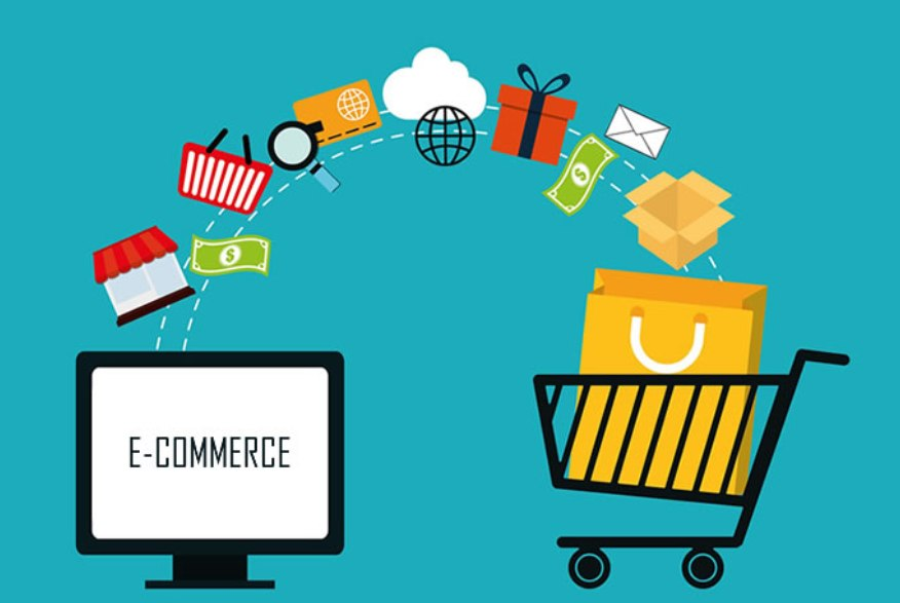Guide for Setting up an E-Commerce Website
For Your Brick-And-Mortar Store a Guide for Setting up an E-Commerce Website
Believe it or not, numerous physical stores still haven’t bounced into web-based business with the two feet. In the event that your development is stagnating, income is never again enhancing, and you’re getting a ton of client criticism including inquiries regarding your online nearness, it’s a great opportunity to consider building an internet business website.
The uplifting news is, presently is the best time to construct an online business nearness. At this phase in the diversion, there is a practically interminable number of instruments and openings that have just been tried by different entrepreneurs. Early adopters ate the hazard and found the best internet business rehearses so you don’t need to.
While numerous sources out there show you how to assemble an internet business store in an online-first way, this guide centers around what to do on the off chance that you as of now have a physical store set up. How about we take a gander at the time tested advances it takes to get your internet business store right:
1. Pick your web based business stage.
It doesn’t make a difference in the event that you are completing a full online business relocation or simply enhancing your physical area – the initial step is picking your stage. In wide terms, your decisions are either running with a prepared to-go stage like Shopify, Big Commerce, Big Cartel, or working with an open-source, self-facilitated site supplier.
While the four recorded above offer the advantages of a major box of instant instruments, you get the opportunity to tweak your experience when you utilize a self-facilitated site supplier. Make sense of which one is best for you by concentrating on your smash hit product(s) and playing with the experience of moving it and modifying the choices on the web.
What’s Left of the California Dream
Can A New Model Of Apprenticeships Save?
Consider the items from your catalog that you want to sell online. You don’t have to match your in-store inventory exactly. Base your decision on shipping rates or other relevant factors. Take my company, for example. State laws have a massive impact on how and where my products are sold. I have to make sure that I calculate these factors into my shipping costs and get that information out to people on my website.
2. Get a trader represent gathering installments on the web.
Projects like Big Commerce and Shopify have installment handling effectively incorporated and prepared to use in their dashboards once you connect to an outsider record. Numerous organizations observe this to be an advantageous choice, and I lean toward this pre-incorporated trader accounts since they’re commonly instinctive and secure.
Tragically for some entrepreneurs, security is an issue of getting your in-house or outsider specialists to test your framework. That merits the exertion at an early stage. The simple part is making sense of if your installment procedure is natural. Essentially put in a test request and assess the experience or have somebody do it for you who you trust to give you legitimate input.
3. Build up an advertising procedure for your web based business site.
Whatever advertising procedure you’re utilizing face to face, build up an exceptional methodology for online business. The web is a focused place for any business. Put resources into emerging. Here are a couple of things I’ve learned:

